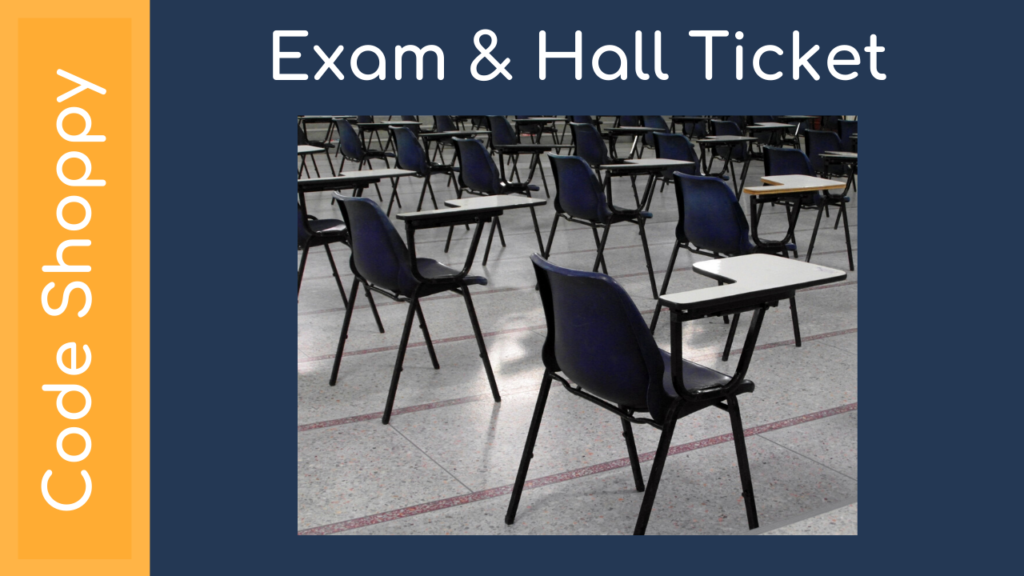Exam Hall Ticket Management System
Simulation of Ticket Hall Queuing behavior in Transit Station Based on Cellular Automate Model
MODELING APPROACH
The most important modules of the decision layer are: zActivity Generator. Being able to compute routes, as the route generator does, only makes sense if one knows the destinations for the agents. A new technique in transportation research is to generate a (say) day-long chain of activities for each agent, and each activity’s specific location. In the Ticket Hall area, activities include: queuing for tickets at the ticket windows (without ticket), and directly queuing for passing through ticket check gate (with ticket or after buying tickets). zRoute Generator. It is not enough to have agents walk around randomly; for realistic applications it is necessary to generate plausible routes. In terms of graph language, this means that agents need to compute the sequence of links that they are taking through the network. A typical way to obtain such paths is to use a Dijkstra best path algorithm. This algorithm values individual links based on generalized costs, such as distance and travel time. zLocomotion modular: after a series of decision process, agents get their new move direction and position at each next time step. In pedestrian behavior models, the locomotion is achieved by CA.
The paper mainly study the queuing behaviour in normal situation based on CA. from theory and experimentation, some conclusions is drawn: (1) From animation, CA is suitable to simulating pedestrian behaviours in normal situation. (2) The transition possibility function based on modified included angle reflects the route preference of pedestrian. Code Shoppy
https://codeshoppy.com/shop/product/gram-panchayath-app/
No comments:
Post a Comment